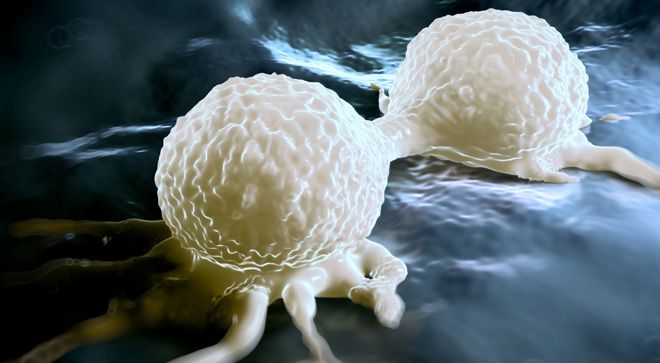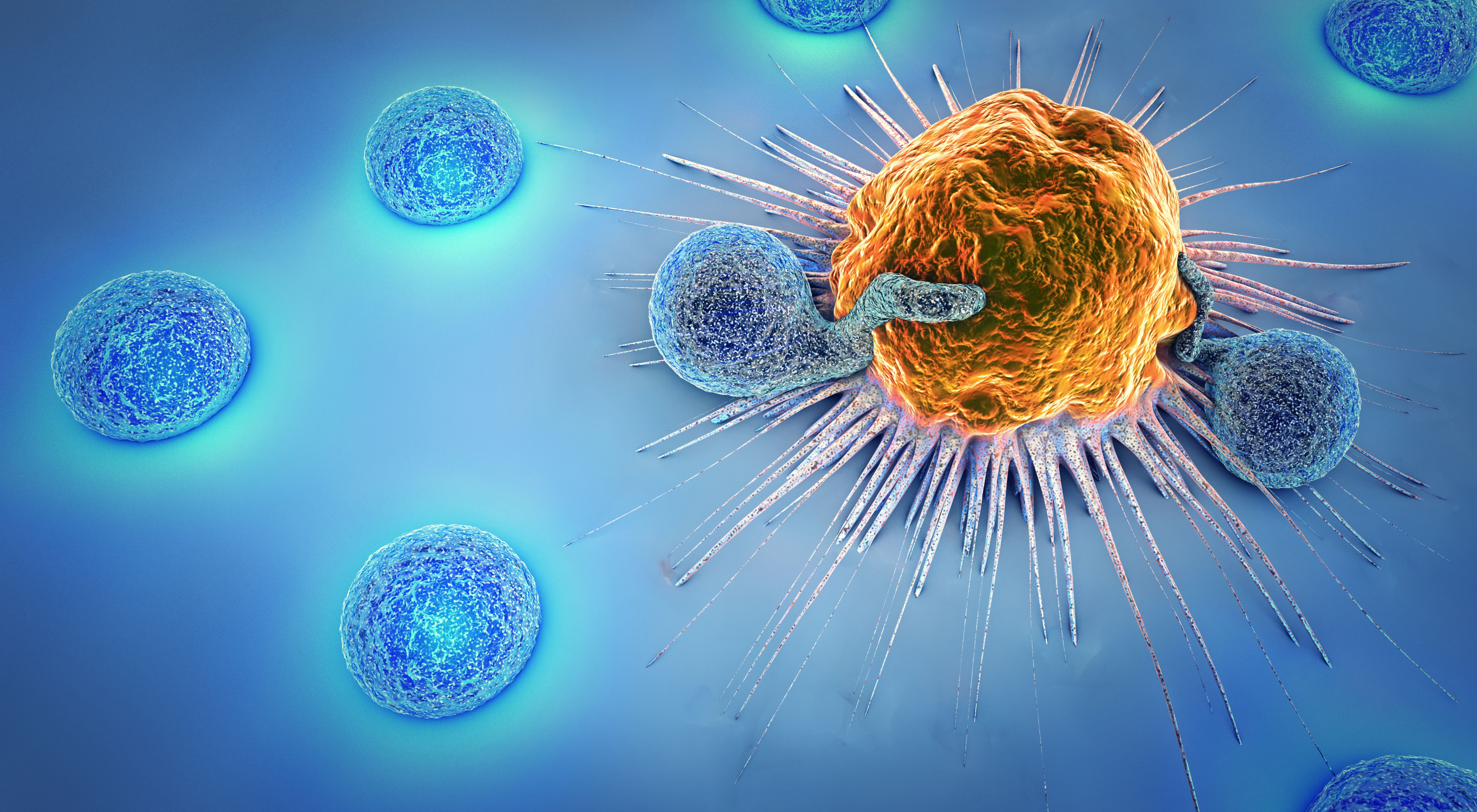Video
Considerations for CLL as an Enduring Disease
Transcript:
Harry P. Erba, M.D., Ph.D.: Life is going on, and you are taking these drugs. You think you’re still on them, not a placebo. Are there any special challenges in terms of chronically being on therapy now?
Nathan Ferguson: No, I’ve pretty much been on it now for three years, a little over that, so it’s routine now. It’s really the only daily reminder I have that I’m on a medication at all.
Harry P. Erba, M.D., Ph.D.: You said that you’ve been evaluated and you’re MRD [minimal residual disease]-negative. Ian, do you want to tell us what that means?
Ian W. Flinn, M.D., Ph.D.: MRD or minimal residual disease is a way of looking at the very rare leukemia cells still left in the body. We are looking for the needle in the haystack, the one in a million cell that might still be there. Believe it or not, our definitions of complete remission until very recently would allow someone to still have 30% of their bone marrow involved with CLL [chronic lymphocytic leukemia] cells, and that could be considered a complete remission. And clearly, if you can still see the disease, then you’re not in a complete remission. So now we’re looking at ways of getting to levels that we can no longer find when we use very sophisticated techniques.
There are a variety of different approaches. The most common is through something called flow cytometry, which can either be done on the blood or bone marrow or both. But with these techniques, these new drugs and combinations, we’re able to get patients to unprecedented levels of depth of remission, meaning beyond our ability to detect it. And I think it’s undetectable minimal residual disease that’s going to allow us to get patients off of treatment again. We can go back to these time-limited therapies instead of having someone on continuously. If you can still find the leukemia cells in someone, it’s not surprising that if you take someone off one of these medications, sooner or later the disease is going to come back. And so, this is where this next generation of clinical trials is going in trying to change how we approach the disease.
Harry P. Erba, M.D., Ph.D.: It sounds like that’s the kind of trial that Nathan is on, where he’s either continuing or not continuing therapy. I think one of the challenges we have obviously is that, yes, the disease can come back, but as you had mentioned, we can sequence these drugs. And as Nathan said, these drugs have side effects. It’s a really important question. Nathan, how do you rationalize the fact that he just told you that he cannot find the CLL in your body, and you’re still feeling tired, achy, and a little bit of GI [gastrointestinal] discomfort from taking a pill? Does it make you want to stop, or maybe forget it some days? You’re going on vacation with your wife, you don’t want to take it. Do you feel any of those things?
Nathan Ferguson: No, I pretty much have it in my mind that I need to take it. It is challenging during vacations. It’s when I get out of my routine that I may miss a dose for that day. Knowing that I am MRD-negative and the chronic nature of taking these pills, I believe that missing a day, while not ideal, isn’t going to really overtly affect my long-term prognosis. But for me, I’m fortunate that my symptoms aren’t causing me undue hardship during the day. Yes, I have some aches and pains, but I had them before I had the CLL. It’s just part of life.
Harry P. Erba, M.D., Ph.D.: Doreen, are there any other facilities or referrals out there that can help people with the long-term psychosocial consequence of therapy?
Doreen Zetterlund: I think your oncology team is probably best and can refer you to social workers within your treatment center. The CLL Society has different resources, not necessarily psychosocial resources, but there are a lot of places you can start with by accessing those resources. I think your oncology treatment center is probably the best place to go for that. There is a support element to the CLL Society. We started with one group in Orange County in California, and now we’ve spread across the country. We have 38 different groups. You do get a lot of support from being with others who are in your situation and bouncing ideas off of them, symptoms, treatments. I think that sense of community is important, and that can help you ride the waves that come and go in this diagnosis and the chronic nature of the disease.
Harry P. Erba, M.D., Ph.D.: A discipline that’s growing in many cancers is palliative care teams. Ian, Camille, do you refer your patients to palliative care teams? I’ll start with you Camille. How does that go over?
Camille Ballance, MSN, FNP-BC: Especially for patients who are in a lot of pain or just having a hard time, palliative care teams are wonderful. It really helps when maybe we’ve been trying to manage certain side effects and are having a harder time. That’s what they’re there for. But I would say especially for patients who have a lot of issues with pain, it helps a lot.
Ian W. Flinn, M.D., Ph.D.: Thankfully that’s not a very common event with CLL. But we use it more commonly in other diseases or sometimes when things aren’t going right in CLL, it can be a great help. But gratefully, it’s not common in CLL.
Transcript Edited for Clarity




